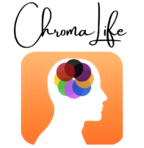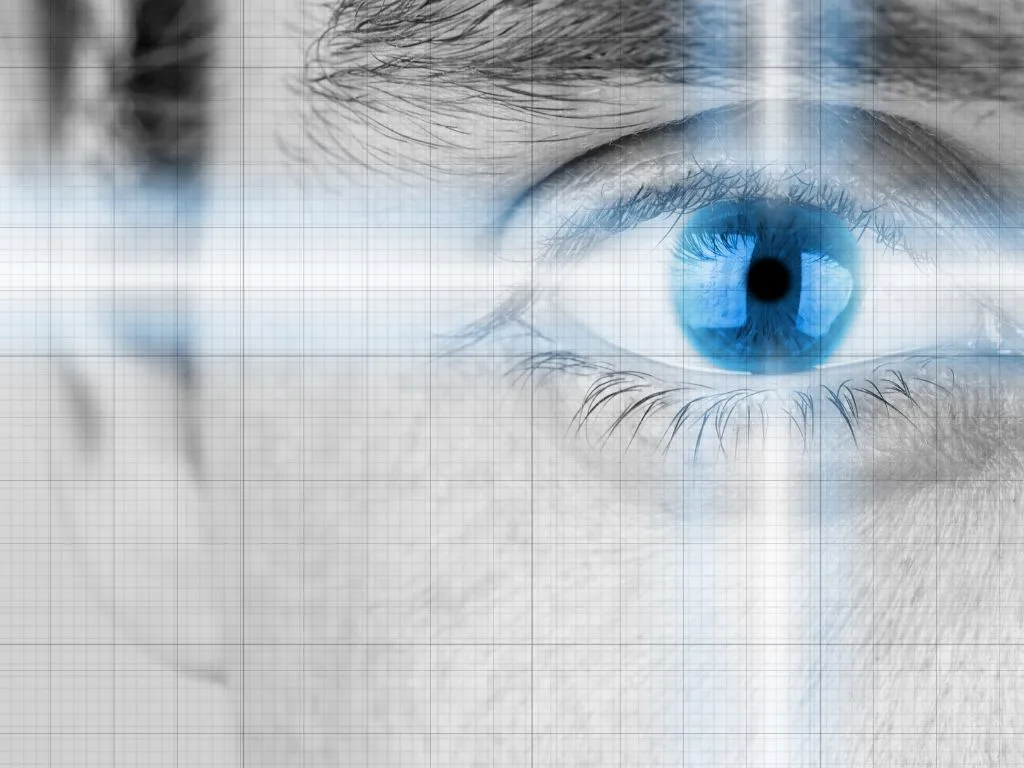[read-time]

The Edward de Bono six Thinking Hats and the Personality Color assessment are two methodologies that, while different, can complement each other to enhance both personal insight and group interaction. This article explores how these two concepts can be integrated for richer personal development and more effective teamwork. There are striking similarities between the two color palettes.
What is the Personality Color Assessment?
The personality color assessment categorizes individuals based on their preferred colors, linking these to specific personality traits. Typically, most color assessments use four colors, i.e:
Red symbolizes action, courage, and passion.
Blue denotes logic, trust, and calm.
Yellow represents optimism, creativity, and friendliness.
Green suggests stability, caring, and patience.
Our personality assessment includes the additional color of Orange traits.
Orange: Creative, spontaneous, and adaptable.
Use the assessment tool for your own personal discovery and journey. Encourage your team to use the personality color assessment tool. Click below!
These colors help to predict preferences, behaviors, and potential conflicts or compatibilities with others.
Understanding De Bono’s Six Thinking Hats
The Edward de Bono Six Thinking Hats is a tool designed to streamline group discussion and individual thinking by segmenting thought processes into six distinct modes, each represented by a color:
White Hat: Focuses on data and facts.
Red Hat: Pertains to emotions and feelings.
Black Hat: Involves critical thinking and identifying potential problems.
Yellow Hat: Symbolizes positivity and the exploration of benefits.
Green Hat: Represents creativity and new ideas.
Blue Hat: Manages the thinking process and ensures that guidelines are followed.
Connecting the Dots
Understanding both your personality color and which Thinking Hat you naturally embody can foster a deeper understanding of how you approach problems and interact within a team.
Personal Insight
Someone who identifies with the Blue personality might find resonance with the Blue Hat, appreciating structured, organized thinking and often playing the role of the moderator in group settings.
Conversely, a person with a Yellow personality may feel most aligned with the Yellow Hat, bringing optimism and creativity to brainstorming sessions.
Enhanced Team Dynamics
Recognizing that a team member with a Green personality might excel in roles requiring stability and support (akin to the Green Hat’s role of fostering new ideas) can optimize how tasks are assigned and managed.
A Red personality individual could be invaluable in a role that emphasizes understanding the emotional impact of decisions, paralleling the Red Hat’s function.
The vibrant and action-oriented characteristics of Orange can be likened to the Yellow Hat in De Bono’s model, which focuses on optimism and the exploration of positive outcomes.
Orange personalities bring a similar energy to discussions, often injecting creativity and positive spirits into team dynamics.
5 Practical Applications
Red Personality and Red Hat Synergy
The Red personality type in color assessment is often associated with energy, assertiveness, and passion. This aligns well with the Edward De Bono Red Hat thinking, which focuses on emotions and intuitions.
In practical applications, individuals with Red personality traits can excel when using the Red Hat in brainstorming sessions or decision-making processes. Their natural inclination towards expressing feelings and gut reactions can provide valuable emotional intelligence to a team. For example, in a product development meeting, a Red personality using the Red Hat thinking can offer insights into potential customer emotional responses to new features or designs. This combination can be particularly effective in marketing strategies, where understanding and leveraging emotional appeals is crucial.
Blue Personality and Blue Hat Leadership
Blue personalities, typically characterized by their calm, analytical, and organized nature, find a natural fit with De Bono’s Blue Hat thinking. The Blue Hat in De Bono’s system is responsible for managing the thinking process, setting objectives, and summarizing conclusions.
In practice, Blue personalities can excel as facilitators or project managers when employing Blue Hat thinking. They can effectively structure meetings, ensure all perspectives (hats) are considered, and keep discussions on track. For instance, in a strategic planning session, a Blue personality using Blue Hat thinking can outline the agenda, moderate the use of other thinking hats, and synthesize the outcomes. This synergy is particularly valuable in complex problem-solving scenarios where maintaining order and perspective is crucial.
Green Personality and Green Hat Innovation
Green personalities, often associated with harmony, growth, and balance, align well with De Bono’s Green Hat, which represents creativity and new ideas.
In practical applications, Green personalities can thrive when tasked with Green Hat thinking in innovation workshops or product ideation sessions. Their natural tendency towards seeking balance and growth can translate into generating novel solutions that consider multiple facets of a problem. For example, in an environmental sustainability project, a Green personality employing Green Hat thinking might propose innovative eco-friendly solutions that balance economic viability with environmental impact. This combination is particularly effective in fields requiring sustainable innovation, such as urban planning or renewable energy development.
Yellow Personality and Yellow Hat Optimism
Yellow personalities, typically characterized by their optimism, enthusiasm, and sociability, naturally complement De Bono’s Yellow Hat thinking, which focuses on benefits and positive aspects.
In practice, Yellow personalities can be invaluable when using Yellow Hat thinking in risk assessment or change management scenarios. Their innate ability to see opportunities and potential benefits can help teams overcome resistance to new ideas or changes. For instance, during a company restructuring, a Yellow personality using Yellow Hat thinking can highlight the positive outcomes and growth opportunities, boosting team morale and engagement. This synergy is particularly useful in sales, public relations, or any situation where maintaining a positive outlook while acknowledging challenges is crucial.
Orange Personality and White Hat Objectivity
While Orange is not always included in every color personality system, when present, it often represents adventure, sociability, and enthusiasm.
Interestingly, this can be paired with De Bono’s White Hat thinking, which focuses on facts and objectivity. This seemingly contrasting combination can yield unique benefits in practical applications. Orange personalities, when trained to use White Hat thinking, can bring energy and enthusiasm to data analysis and fact-finding missions. For example, in a market research project, an Orange personality employing White Hat thinking can approach data collection with zeal, potentially uncovering insights that others might overlook. This combination can be particularly effective in fields like journalism or scientific research, where passionate pursuit of objective truth is valuable. The Orange personality’s natural curiosity and sociability can aid in gathering comprehensive information, while the White Hat ensures a focus on factual, unbiased analysis.
This awareness can also help in balancing the hats during meetings or discussions to ensure all aspects of an issue are considered.
The Takeaway
Integrating the personality color assessment with the Edward De Bono Six Thinking Hats method provides a multifaceted understanding of individual and group thinking styles. This combination can lead to improved personal self-awareness, more effective communication, and enhanced problem-solving within teams.
Curious about which personality color and thinking hat best describe you? Explore these frameworks further to unlock new levels of personal insight and team synergy. Consider how applying this integrated approach could transform your interactions and decision-making processes!
FAQs
What are De Bono’s 6 Thinking Hats?
De Bono’s 6 Thinking Hats is a problem-solving technique developed by Edward de Bono. It involves six different colored hats, each representing a different thinking style or perspective. The hats are used to guide thinking and discussions in a structured manner, encouraging participants to look at problems from multiple angles.
What does each hat color represent?
- White Hat: Focuses on data, facts, and objective information
- Red Hat: Represents emotions, feelings, and intuitions
- Black Hat: Symbolizes caution, critical judgment, and potential problems
- Yellow Hat: Represents optimism, benefits, and positive thinking
- Green Hat: Focuses on creativity, new ideas, and alternative solutions
- Blue Hat: Manages the thinking process, sets objectives, and summarizes
How is the 6 Thinking Hats method used in practice?
The method is typically used in group discussions or individual problem-solving. Participants “wear” different hats (metaphorically) to approach a problem from various perspectives. This can be done sequentially, with everyone focusing on one hat at a time, or in parallel, with different team members assigned different hats.
What are the benefits of using the 6 Thinking Hats technique?
- Encourages parallel thinking instead of adversarial thinking
- Separates ego from performance
- Reduces conflict and improves communication
- Enhances creative thinking and problem-solving skills
- Provides a comprehensive view of a situation or problem
Can the 6 Thinking Hats method be used individually?
Yes, while often used in group settings, the 6 Thinking Hats can also be applied by individuals for personal decision-making and problem-solving. It helps individuals consider multiple perspectives and avoid getting stuck in one mode of thinking.
Uncovering Social Desirability Bias in AI Personality Tests: The Surprising
An intriguing area of study of AI involves social desirability bias when administering personality tests to large language models (LLMs)…
5 Secret Tips for Identifying Personality Color Traits in Others
[read-time] The concept of personality color traits is rooted in the idea that individuals can be categorized based on the colors…
Surely, This Can’t Be True, Can It? Dancing Makes You
[read-time] Have you ever wondered how something as simple as moving your body to the rhythm of music could profoundly impact…
What Exactly Are the 7 Definitions of Leadership? Discover the
[read-time] In this comprehensive guide, we’ll explore the 7 definitions of leadership, delve into the color personality test, and uncover the…
Negative Self-Talk: 5 Effective Strategies to Overcome Negative Self Talk
[read-time] Negative self-talk is that inner voice that criticizes, doubts, and undermines your abilities. It’s the constant stream of negative thoughts…
Procrastination – The No.1 Master Thief. Don’t Let Your Personality
[read-time] Procrastination is a perplexing phenomenon that plagues individuals across all walks of life. It’s the act of delaying or postponing…






